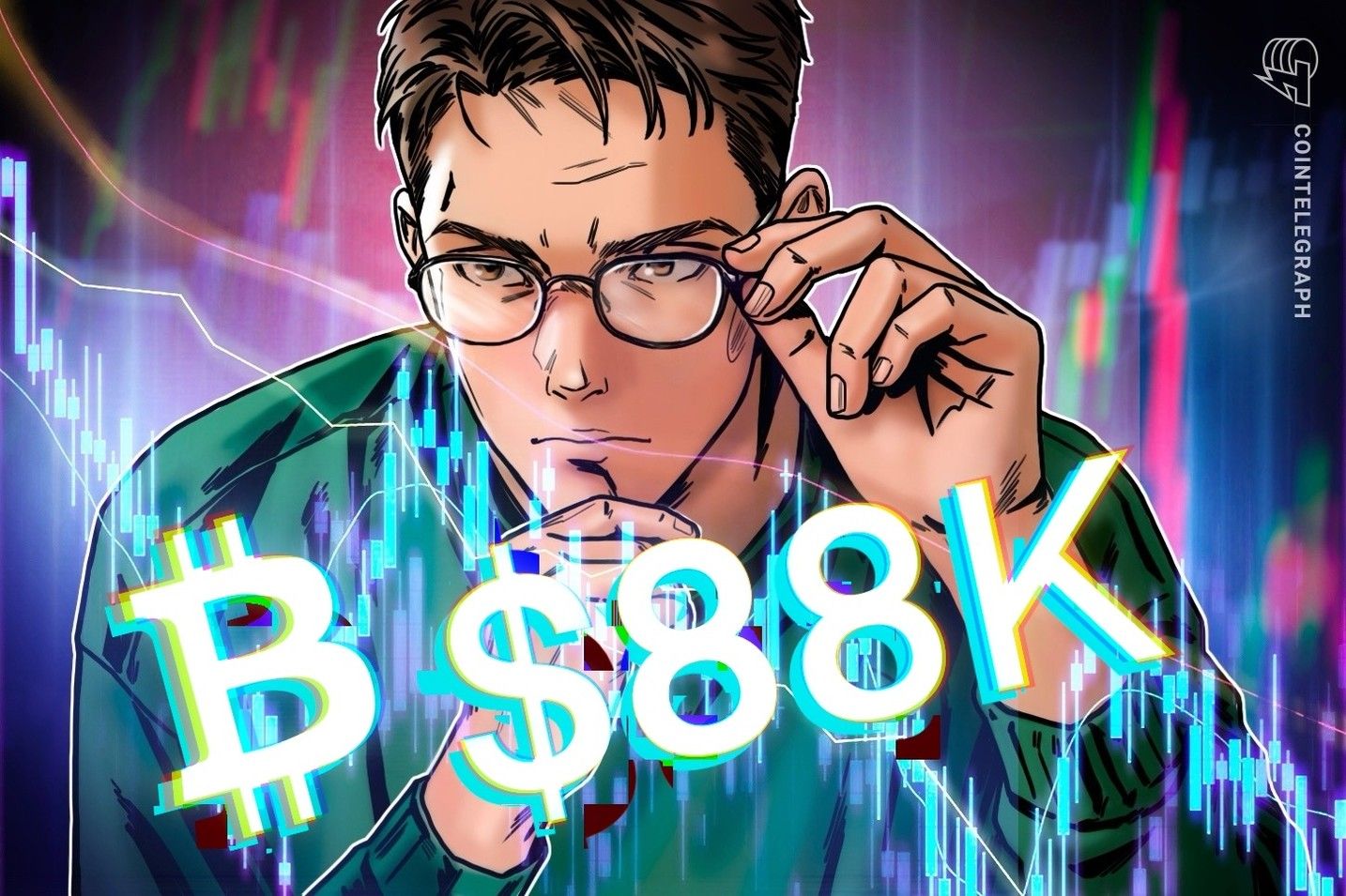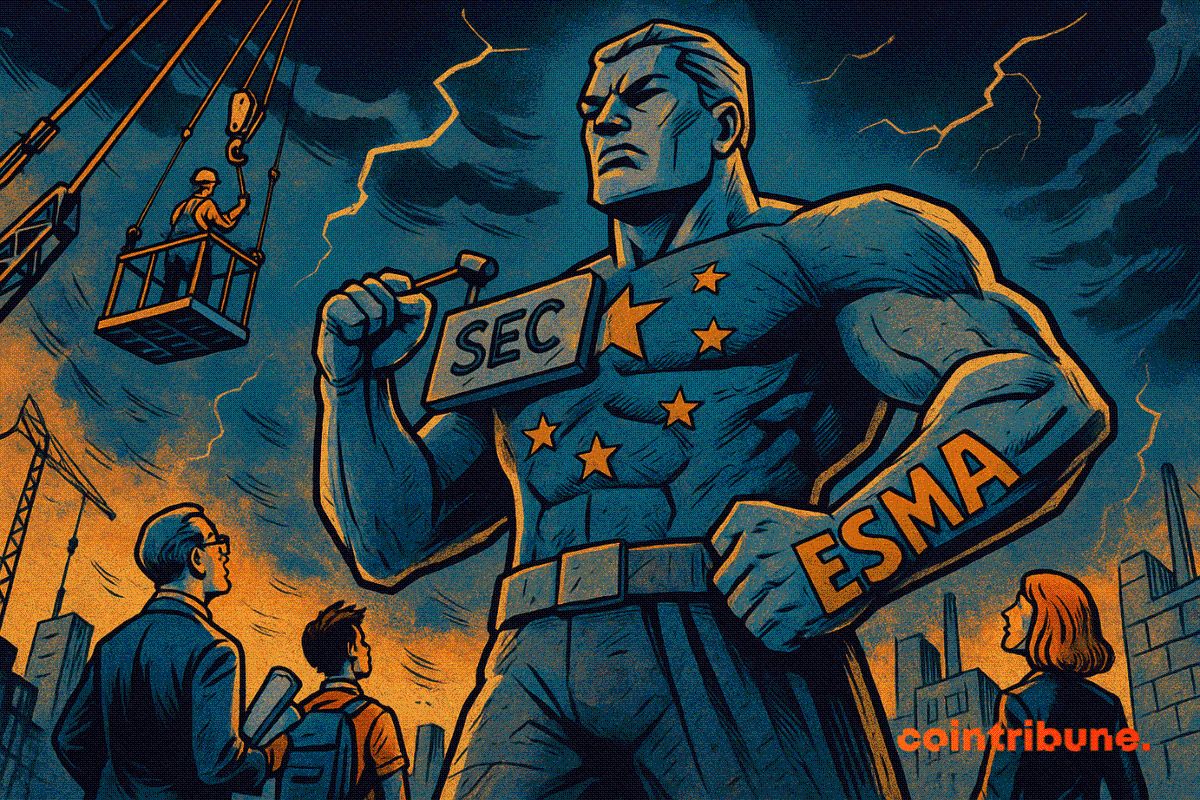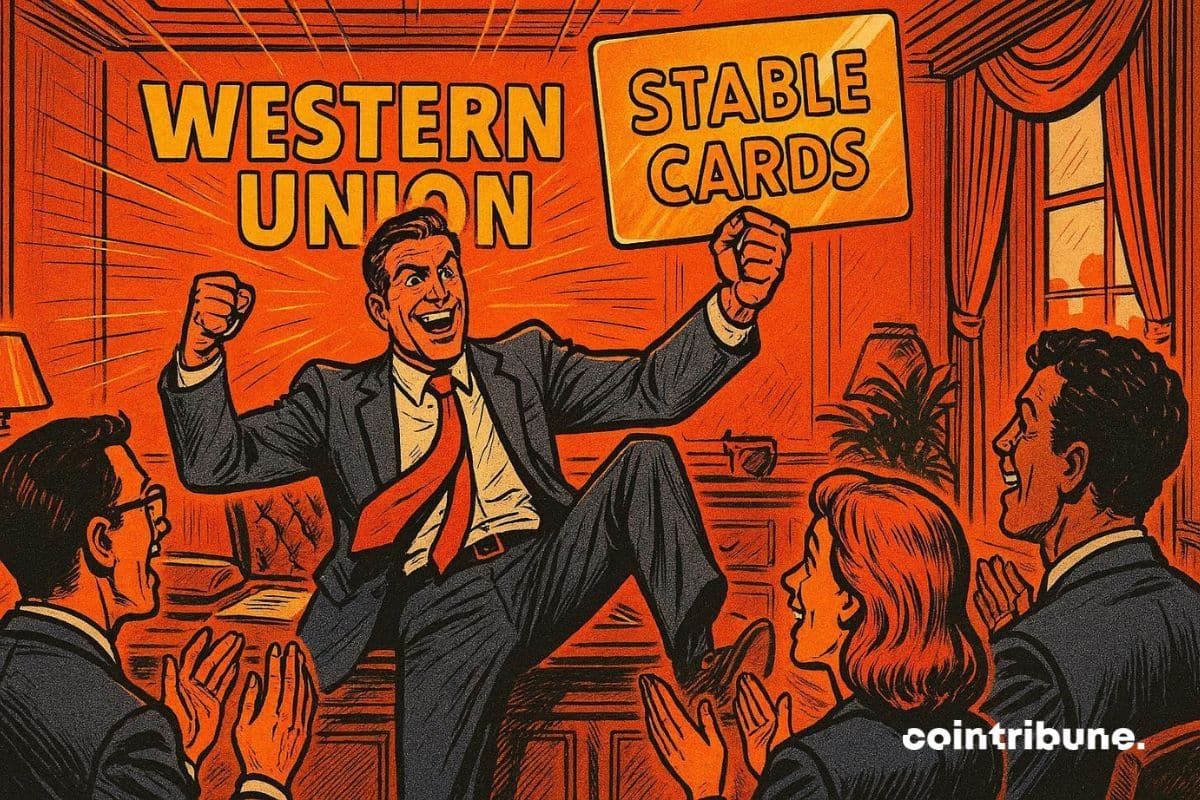The Future of Crypto in 2025: 4 High-Potential Assets Redefining the Market
- The 2025 crypto market faces a pivotal shift driven by tech innovation and institutional demand, with BlockDAG, Ethereum, Hedera, and Solana emerging as key assets. - BlockDAG's hybrid DAG-PoW architecture achieves 15,000 TPS and 70% energy efficiency, positioning it as a scalable, ESG-compliant disruptor with projected 36x ROI. - Ethereum struggles with 15-30 TPS limitations despite Shanghai++ upgrades, while Solana's 65,000 TPS and developer tools drive growth but raise decentralization concerns. - Hed
The crypto market in 2025 is at a pivotal inflection point, driven by technological innovation and shifting institutional demand. As investors seek to capitalize on the next growth cycle, four assets—BlockDAG (BDAG), Ethereum (ETH), Hedera (HBAR), and Solana (SOL)—stand out for their unique value propositions. This analysis explores how strategic timing and architectural advancements position these projects as cornerstones of a redefined crypto landscape.
BlockDAG: The Disruptor with a Hybrid Edge
BlockDAG's emergence as a market leader in 2025 is no accident. Its hybrid Directed Acyclic Graph (DAG) and Proof-of-Work (PoW) architecture addresses two critical pain points: scalability and energy efficiency. By processing 15,000 TPS—far outpacing Ethereum's 15–30 TPS and rivaling Solana's 65,000 TPS—BlockDAG bridges the gap between high throughput and decentralized security. The project's 70% energy efficiency gain over traditional PoW chains aligns with global ESG mandates, making it a regulatory-friendly alternative.
Analysts project a $1 price by 2026 and $5 by 2030, driven by its 2.5 million X1 app users and 19,000 ASIC miners. Institutional validation from Halborn and CertiK audits, coupled with EVM compatibility attracting 4,500 developers, further solidifies its trajectory.
Ethereum: Consolidation Amid Competition
Ethereum remains a dominant force, but its dominance is under siege. The Shanghai++ upgrade in 2025 improved gas efficiency and Layer 2 integrations, yet its 15–30 TPS bottleneck persists. As of August 2025, ETH trades at $3,170, down from a mid-August peak of $4,793, reflecting consolidation. Institutional investors still favor Ethereum for its smart contract ecosystem, but faster alternatives like BlockDAG and Solana are eroding its market share.
The key for Ethereum lies in its ability to balance decentralization with scalability. If it fails to address throughput limitations, it risks becoming a legacy platform. However, its first-mover advantage and robust developer community ensure it remains a core holding for diversified portfolios.
Hedera: Enterprise-Grade Stability
Hedera's (HBAR) hashgraph consensus model offers 1-second finality and a fixed supply, making it a favorite for enterprise and government projects. At $0.19 as of August 2025, HBAR's growth is steady but lacks the retail fervor of BlockDAG or Solana. Its strength lies in partnerships with central bank digital currency (CBDC) initiatives and stablecoin projects, but its enterprise focus limits mass adoption.
For investors, HBAR serves as a defensive play in a volatile market. Its scalability is proven, but its slower user growth compared to community-driven projects like BlockDAG suggests it's better suited for long-term, low-volatility exposure.
Solana: Rebound and Developer Momentum
Solana's (SOL) rebound in 2025 is a testament to its developer ecosystem. Trading at $114 in August 2025, SOL has recovered from congestion issues that plagued high-profile NFT and gaming launches. Tools like Solana Mobile and Firedancer are attracting developers, but concerns over decentralization linger.
Solana's 65,000 TPS and low fees make it a top choice for Web3 applications, but BlockDAG's hybrid architecture and broader adoption metrics present a compelling alternative. For investors, Solana offers high-growth potential but requires careful monitoring of its decentralization risks.
Strategic Entry Points and Portfolio Allocation
The 2025 crypto cycle demands a nuanced approach. Ethereum's consolidation phase offers a buying opportunity for long-term holders, while Solana's rebound justifies a smaller speculative allocation. Hedera, meanwhile, provides stability in a volatile market.
For a balanced portfolio, consider the following allocation:
- 60% BlockDAG (leveraging its disruptive potential)
- 20% Ethereum (for institutional-grade exposure)
- 10% Solana (to capitalize on developer momentum)
- 10% Hedera (as a defensive play)
Conclusion: Timing the Next Growth Cycle
The crypto market in 2025 is defined by technological leapfrogging and institutional adoption. BlockDAG's hybrid architecture, Ethereum's upgrades, HBAR's enterprise focus, and Solana's developer rebound collectively signal a maturing ecosystem. Investors who align with these trends—prioritizing innovation, scalability, and regulatory alignment—stand to benefit from the next phase of crypto's evolution.
As the ETF-driven landscape gains momentum, the window to act is narrowing. For those seeking to redefine their crypto strategy, the time to act is now.
Disclaimer: The content of this article solely reflects the author's opinion and does not represent the platform in any capacity. This article is not intended to serve as a reference for making investment decisions.
You may also like
Bitcoin price dips below 88K as analysis blames FOMC nerves

Crypto: How Europe Wants to Enforce Its Version of the SEC

Stablecoin : Western Union plans to launch anti-inflation "stable cards"

Mars Morning News | SEC Expected to Issue "Innovation Exemptions" for the Crypto Industry in "About a Month"
The SEC is expected to issue an innovation exemption for the crypto industry. The UK "Digital Assets and Other Property Act" has come into effect. BlackRock's CEO revealed that sovereign wealth funds are buying bitcoin. Bank of America recommends clients allocate to crypto assets. Bitcoin selling pressure is nearing its end. Summary generated by Mars AI. The accuracy and completeness of this summary are still being improved as the Mars AI model continues to iterate.
